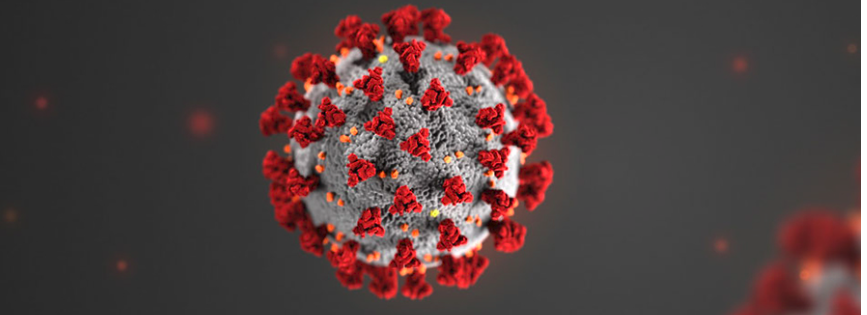
- Details
- By Jenna Kunze
The National Indian Health Board on Friday announced changes to COVID-19 guidance on Friday after a new report from the Center for Disease Control and Prevention (CDC).
On Aug. 11, the CDC changed their Covid guidance to better help the public understand their risk of contracting COVID-19, to take steps to protect themselves, and to understand what to do if they contract Covid. The report mainly summarizes that high levels of immunity have reduced the risk for medically significant illness and death, and directs the public in prevention strategies and what to do if you become infected with COVID-19.
The revised guidance lifts the requirement for unvaccinated people or those exposed to the virus to quarantine. Instead of quarantining, the CDC recommends wearing a high-quality mask for ten days in indoor settings and getting tested on the fifth day. The guidance also removed the “six feet” social distancing standard and no longer recommends screening people with no symptoms who don’t have known exposures. For K-12 schools, the guidance has eliminated the "test-to-stay" policies that recommend students to quarantine at home after exposure to COVID-19.
“These new guidelines will allow public health efforts to minimize the individual and societal health impacts of COVID-19 by focusing on sustainable measures to further reduce significant illness, minimize strain on the health care system, and reduce barriers to social, educational, and economic activity,” the press release from The National Indian Health Board read.
Despite the more relaxed guidance, COVID-19 cases, hospitalization, and death rates are still high across Indian Country. As a result, the NIHB recommends the public continue to wear a face mask in public areas, wash their hands, and stay home if they’re not feeling well.
More Stories Like This
Chumash Tribe’s Project Pink Raises $10,083 for Goleta Valley Cottage Hospital Breast Imaging CenterMy Favorite Stories of 2025
The blueprint for Indigenous Food Sovereignty is Served at Owamni
Seven Deaths in Indian Country Jails as Inmate Population Rises and Staffing Drops
Sen. Luján Convenes Experts to Develop Roadmap for Native Maternal Health Solutions


